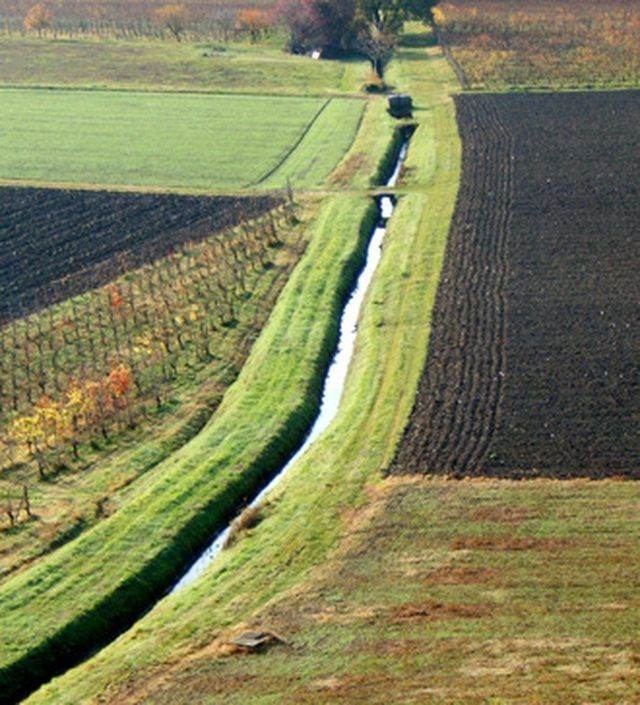Bulbs
Flower Basics
Flower Beds & Specialty Gardens
Flower Garden
Garden Furniture
Garden Gnomes
Garden Seeds
Garden Sheds
Garden Statues
Garden Tools & Supplies
Gardening Basics
Green & Organic
Groundcovers & Vines
Growing Annuals
Growing Basil
Growing Beans
Growing Berries
Growing Blueberries
Growing Cactus
Growing Corn
Growing Cotton
Growing Edibles
Growing Flowers
Growing Garlic
Growing Grapes
Growing Grass
Growing Herbs
Growing Jasmine
Growing Mint
Growing Mushrooms
Orchids
Growing Peanuts
Growing Perennials
Growing Plants
Growing Rosemary
Growing Roses
Growing Strawberries
Growing Sunflowers
Growing Thyme
Growing Tomatoes
Growing Tulips
Growing Vegetables
Herb Basics
Herb Garden
Indoor Growing
Landscaping Basics
Landscaping Patios
Landscaping Plants
Landscaping Shrubs
Landscaping Trees
Landscaping Walks & Pathways
Lawn Basics
Lawn Maintenance
Lawn Mowers
Lawn Ornaments
Lawn Planting
Lawn Tools
Outdoor Growing
Overall Landscape Planning
Pests, Weeds & Problems
Plant Basics
Rock Garden
Rose Garden
Shrubs
Soil
Specialty Gardens
Trees
Vegetable Garden
Yard Maintenance
The Difference Between Drip Irrigation & Flood Irrigation
The Difference Between Drip Irrigation & Flood Irrigation. Drip and flood irrigation are two watering methods employed by farmers and gardeners. The irrigation method used is determined by the types of plants requiring irrigation and the location of the field or garden. Drip irrigation transports water to plants in a slow, controlled system while...

Drip and flood irrigation are two watering methods employed by farmers and gardeners. The irrigation method used is determined by the types of plants requiring irrigation and the location of the field or garden. Drip irrigation transports water to plants in a slow, controlled system while flood irrigation uses gravity to control the flow of water through furrows dug next to plants.
History
Flood irrigation can be traced to ancient Egypt. Egyptians built canals to transport water from the Nile River to their fields, which were then flooded with the water. Ancient forms of drip irrigation involved burying water-filled clay pots next to plants. The water from the pots would seep into the soil and water the plants. In the late 1800s, Afghanistan farmers used clay pipes to distribute water to plants. This early form of drip irrigation gave way to perforated pipe, invented in the 1920s. It was later replaced by plastic pipe.
Differences
Flood irrigation is a simple and inexpensive process of directing water down furrows located next to plantings. The water floods the area around the plant and soaks into the soil. Flood irrigation is one of the most popular irrigation methods used today. Drip irrigation is the slow application of water to plants through plastic pipes. The pipes are either laid directly on the soil next to the plants or buried underneath the soil.
Benefits
Drip irrigation systems are beneficial to plants that are in sandy soil and require frequent watering. Plants along steep slopes and in windy locations are ideally suited for drip systems, which reduce runoff and evaporation. Flood irrigation is good for sediment-rich water that clogs the pipes in a drip irrigation system. Plants that require large amounts of water, such as rice, benefit more than other plants from flood irrigation. Clay soils have a low infiltration rate and are suitable for flood irrigation.
Considerations
Drip irrigation systems direct water through pipes that release the water directly on or over plant roots, reducing waste from water runoff and evaporation. Drip systems are an efficient watering system that can be automated to control the amount of water released. Flood irrigation is a basic process that requires minor setup and expense. The runoff waste from flood irrigation can be controlled through field leveling, capturing the runoff for reuse or releasing water at specific times.
Disadvantages
While drip systems are generally considered more efficient and less prone to waste than flood irrigation, they have a few disadvantages. Drip systems are expensive, especially for initial setup. They can clog frequently, too, and plant roots can develop improperly if the drip system is not set up properly. Despite being a popular irrigation method, flood irrigation is not an efficient method for conserving water. When using flood irrigation, at least 1/2 of the water is lost to runoff and evaporation.